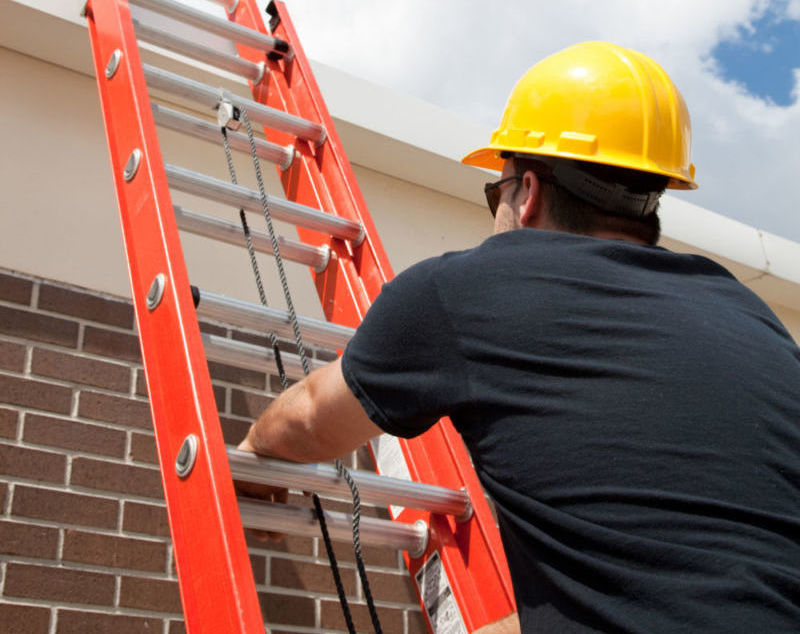Polymer composites offer high strength-to-weight ratios and other benefits such as corrosion-resistance, making them attractive in varied market applications, e.g., aerospace, automotive, and infrastructure. Fabrication processes include compression molding, infusion, filament winding, and pultrusion. Best suited for near-continuous production of parts with a fixed cross-section, pultrusion also allows for high fiber content and very high strengths along the fiber axis. This blog entry focuses on pultrusion using thermoset resins, although thermoplastic resins can also be used.
The process is relatively simple. Strands of reinforcing fibers (glass, carbon, aramid, etc.) from multiple spools are saturated in a liquid matrix resin and then fed through a multi-zoned heated die. Resins are typically two-component systems selected from different chemistries including unsaturated polyester, vinyl ester, polyurethane or epoxy resins along with their corresponding curing agents. The heated die cures the resin, encapsulates the fibers, and forms the composite matrix, which is continuously pulled or “pultruded” to form long, three-dimensional parts, with their cross-section defined by the die shape. The part is then cut to the desired length as part of the production process. A strong visual example is the colorful ladder rail found on most consumer or industrial products.
Most processes use an open resin bath through which the wetted fiber emerges before being pulled through the die. An alternative method is to inject the resin onto dry fiber strands near the entrance of the die, for a fully closed system. In all cases, production rates depend on the size and complexity of the cross-section and on the resin chemistry selected. Larger dies require longer residence times to allow for proper heat transfer and proper cure of the resin. This limits the pull speed (production rate). By contrast, smaller dies offer better heat transfer and therefore faster curing of the resin within the die, allowing faster production rates. Similarly, different resin chemistries allow for different pull speeds based on how quickly they can cure at the conditions within the die. Quite often, some additional cure occurs even after the material exits, allowing the fabricator some freedom of process design. The load bearing properties of a pultruded composite are largely dependent on the type of reinforcing fiber used and, on the fiber/resin ratio. However, many properties are still controlled by the binder resin.
The choice of matrix resin is frequently a balancing act between performance properties and cure speed. For example, epoxies, while slower to cure, offer superior heat/chemical/electrical resistance and toughness. Epoxy resins can be pultruded using a variety of curative formulations, including those using liquid anhydrides. Blends of dianhydrides and monoanhydrides can further improve thermal and electrical properties of the composite. Look for more about this in our next blog.





